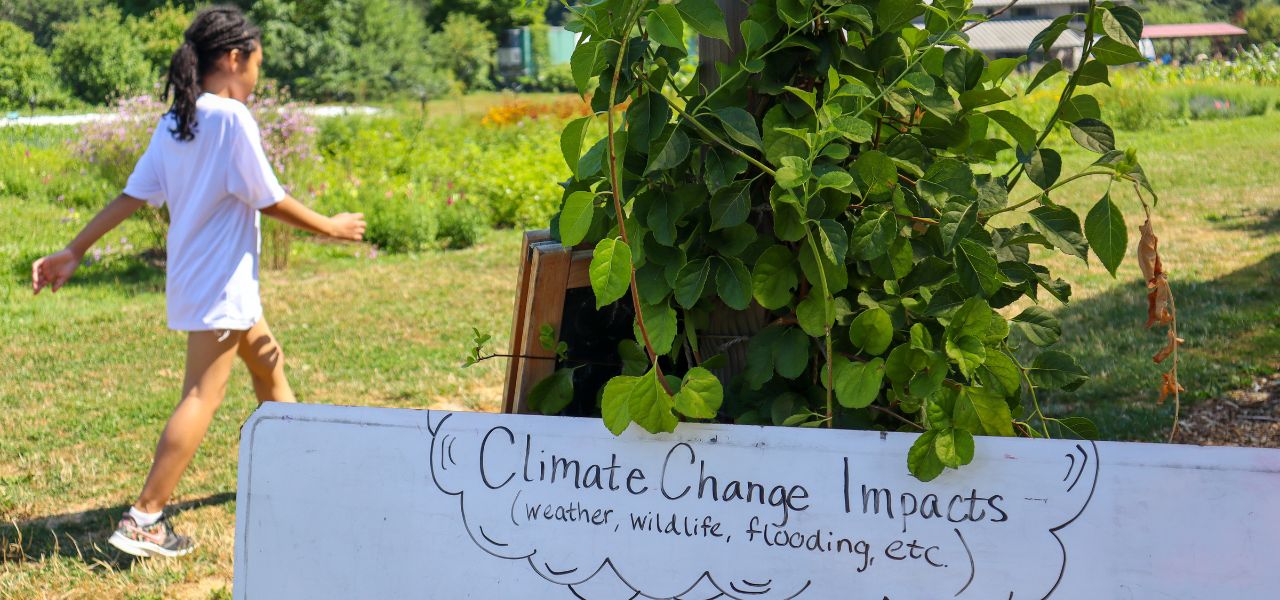Nurturing a Path to Growth
By Kent Chapple, MA.
Oxbow Farm & Conservation Center | Education Program Manager
Freshly harvested carrots that taste like Coca-Cola and freshly picked raspberries—what do these things have in common? If you said they come from a farm, you’re right. And in this case, they come from Oxbow’s 1-acre certified organic kids’ farm, intentionally designed so learners can experience hands-on cultivating and harvesting in a safe and accessible space.
These were also some of the responses to Oxbow Education’s opening circle question, “What do you remember from last week?” that was posed to a group of 21 incoming 6th graders part of Technology Access Foundation’s (TAF) JumpStart day camp. This preparatory summer program for students entering middle school at TAF@Saghalie will familiarize with the STEMbyTAF model through an intensive month-long learning cycle.
The group spent three Thursdays at Oxbow this summer, immersing themselves in the farming experience to gain an understanding of farming, the challenges faced by farmers, and the direct impact of these challenges on food security – the topic of exploration for TAF Saghalie JumpStart students. Additionally, Oxbow staff joined students in their community at TAF@Saghalie.
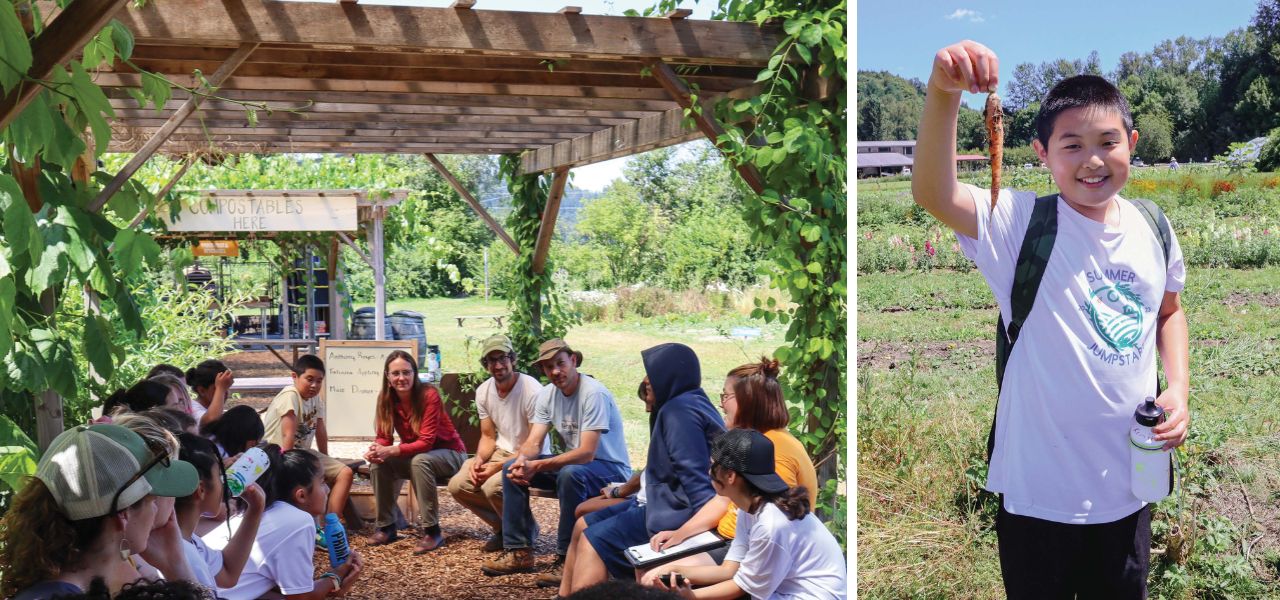
Nurturing Nature-connected Learning
Oxbow, as an organic farm and conservation organization, is dedicated to inspiring people to eat healthy, sustainably grown food and to steward our natural resources for future generations by reducing our impacts on the environment in the face of human-caused climate change, promoting biodiversity, and supporting sustainable food systems. One way we put this belief into practice is through Oxbow’s Education Team (OxEd). OxEd teaches outdoor science-based environmental programs to young people across King & Snohomish counties through on-farm day camps, spring and fall school field trips, and our winter Farmer in the Classroom programs. Our topics span conservation, ecology, organic farming, and the impact of climate change on food security. Our approach revolves around creating experiences that enable learners to directly engage with and relate to the natural world through their senses – sight, sound, touch, taste, and smell—all on their own terms.
The opening circle question exemplifies OxEd’s approach to environmental education, which is rooted in establishing a connection to nature through a child-led and experience-based curriculum. While much of the contemporary education system that classroom teachers and their students inhabit relies on textbooks, scripted lessons, and rote memorization to meet standardized test requirements, Oxbow champions experiential student-centered learning. This approach fosters curiosity and self-assurance and enables students to retain knowledge, generate new ideas, and ultimately grow into informed community members. Catherine Ullery, Oxbow’s Education Specialist, who spearheaded OxEd’s programmatic contribution to the TAF@Saghalie partnership, succinctly explains our ethos,
“We aim for kids to perceive nature as a safe, relevant place for them. Without this foundation, the content we teach loses significance. By fostering curiosity and a connection to nature, we’re paving the way for positive global change.”
The core educational principles that guide our approach are:
Student-Centered Learning: We design learning environments that align with students’ interests, accommodating different learning paces and styles. Our role as educators is to encourage peer-to-peer learning by facilitating authentic, real-world experiences that encourage their involvement and self-discovery.
Funds of Knowledge: We recognize that each child brings unique knowledge, cultural practices, experiences, and interests that contribute to and shape their learning process. As educators, we work to validate and center learners’ backgrounds and identities, as we help students tap into and share their knowledge, nurturing connection, trust, and confidence.
Contextualization: Our aim is to make what we teach relevant to the student. We accomplish this by learning as much as we can about the school systems and communities the children come from through open-ended questions, much like those posed during the Opening Circle, and by encouraging students to make connections between their experiences with Oxbow and their own lives.
Next Generation Science Standards: The Next Generation Science Standards (NGSS) are K-12 standards adopted in 2013, developed through a collaborative, state-led process, that emphasize practice and process as well as content, connected across disciplines. We leverage these as a guide for cultivating vital skills such as problem-solving, meaningful observation, data analysis, and evidence-based argumentation.
By embracing these principles, we are better able to understand a student’s culture and lived experience so that we don’t apply our own biases but instead tailor how we teach to build connections and enable the students to engage with experiences in ways that resonate with them, where they feel secure, acknowledged, and heard.
One particular moment that stood out to me this summer underscores why this approach is profoundly impactful. A TAF@Saghalie student showed a keen interest in microscopes. Given the student’s enthusiasm, Catherine brought out our video and compound microscopes. His passion naturally drew his peers in, and he assumed the role of an expert, demonstrating the microscopes’ uses and explaining their significance. This unscripted occurrence is an example of the kind of the rich educational experiences that a student-centered approach makes possible, driven by that student’s passion.
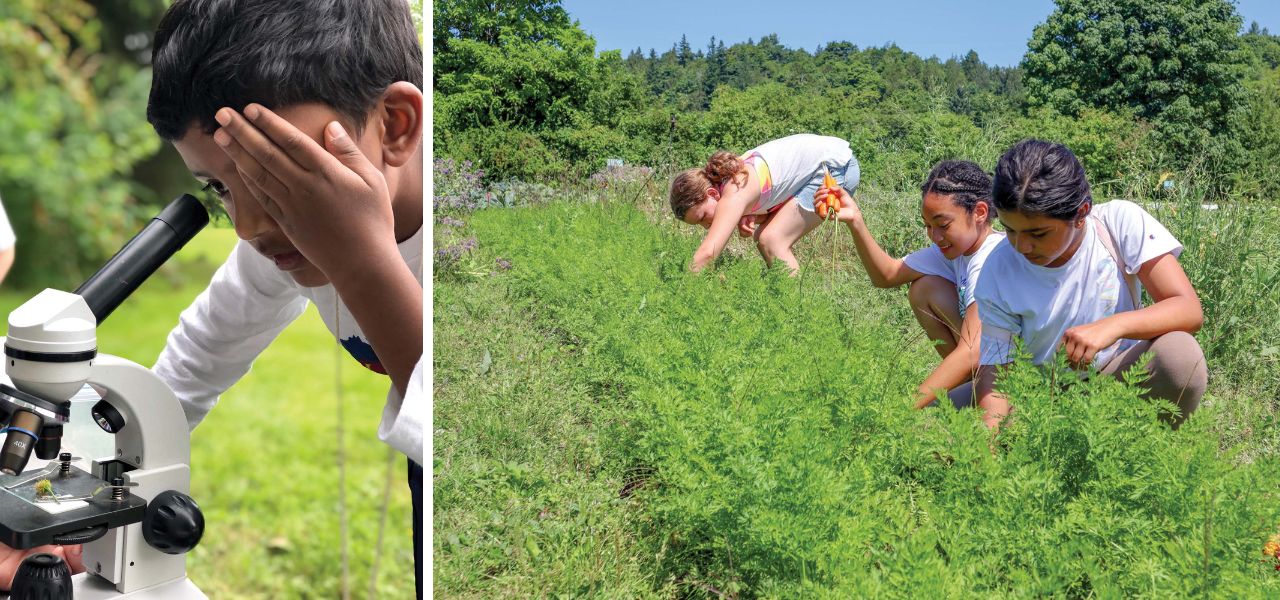
Cultivating STEM Through Real-world Experience
Our partnership with TAF@Saghalie originated from a relationship between Trish Millines Dziko, a co-founder of TAF @Saghalie and Judi Beck, a co-founder of Oxbow and Board President but, flourished through our shared commitment to student centered education and the belief that it is the most effective way to nurture the student and develop necessary skills like research, critical thinking, and collaboration. These in turn develop confident, self-aware adults, and the strong leaders, critical thinkers, and informed decision-makers of tomorrow.
In America’s prevailing educational landscape, there are often few opportunities for creative exploration. TAF@Saghalie is committed to providing STEM education to students who identify as people of color, empowering them to follow their interests and preparing them for college-level study and professional roles in STEM fields. They co-manage a 6th- to 12th-grade school with Federal Way Public Schools and are the only public school in Washington State to be co-managed by a nonprofit and a school district. TAF@Saghalie also strives to grow the diversity of teachers in Washington state public schools through a teacher training institute and the Martinez fellowship program. These goals are particularly important in public education, which systemically underserves students of color. The ultimate measure of success is that each student leaves TAF@Saghalie with the knowledge and experience to use STEM as a tool for change, starting within their own community.
Essence Russ, the Director at TAF@Saghalie, expresses the school’s approach, stating “TAF@Saghalie empowers their students to be active participants in their own education, emphasizing project-based learning (PBL), STEM integration, interdisciplinary PBL, education technology and college & career readiness. It encourages students to work in groups, allowing them to tackle real-world problems within their core subject areas.”
At the heart of TAF@Saghalie’s educational approach lies project-based learning, a cornerstone of student-centered education and one of the most equitable teaching methods. Hannah Si’itia, the Extended Learning Coordinator at TAF@Saghalie, affirms that “this approach guides students through a process of inquiry to come up with tangible solutions for real-world challenges.”
For each project cycle at TAF@Saghalie, students begin with a challenge framed as a driving question co-created by both teachers and students. Throughout the project cycle, students collaborate to address the challenge by engaging with the question, bolstered by a curriculum rooted in teachers posing open-ended questions and fostering active participation through the in-school Makerspace, internships, and partnerships.
Amanda May, one of the TAF@Saghalie teachers, underscores this approach, saying, “Our JumpStart Students are 11 years old. I want to ensure that we are structuring the coursework in ways that enable them to draw from their own experiences. While exploring food insecurity, we began with questions like: what type of foods do they eat at home, what are their favorite foods, and where do they get their food?”
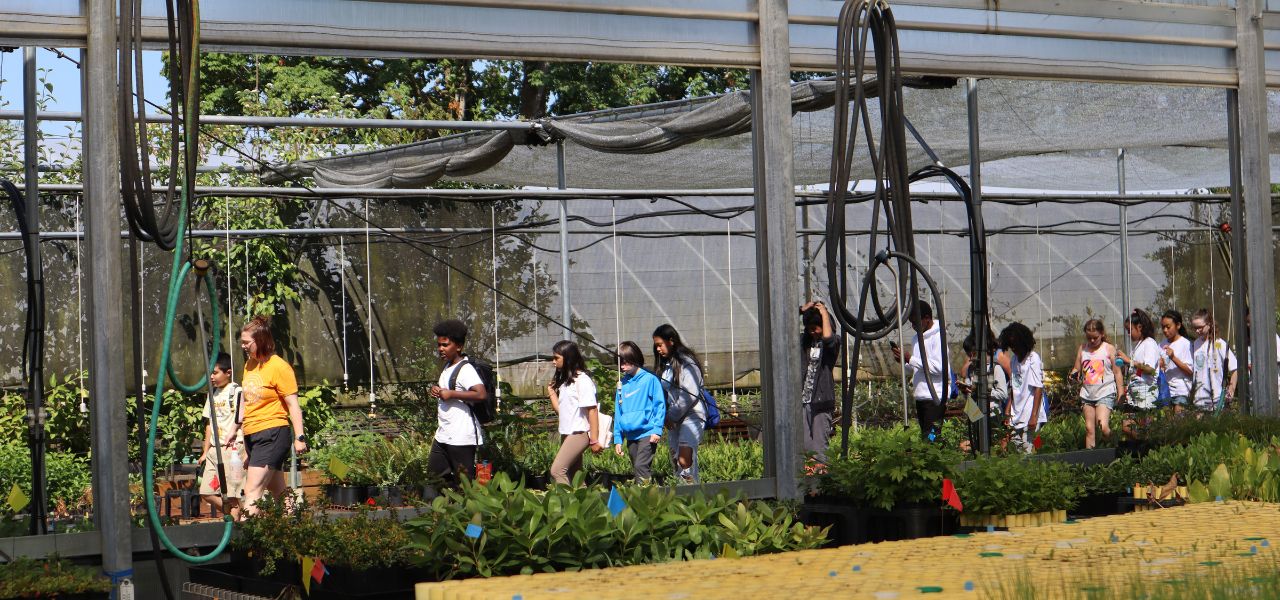
Partnering to Create a Comprehensive Learning Experience
The driving question underpinning the Oxbow-TAF@Saghalie partnership that the JumpStart students set out to explore was: “How can we create a meal that is nutritious, culturally appropriate, accessible, and affordable?”
To complete the project cycle, the students had to collaborate and select a recipe of their favorite food, making a meal for four within a budget of $30 that was nutritious, culturally appropriate, accessible, and affordable. The meal had to align with a single dietary restriction like vegan, dairy-free, gluten-free, vegetarian, or nut free, while incorporating one ingredient commonly found at food banks.
Before coming to Oxbow, TAF@Saghalie familiarized the students on the importance of healthy food and food security. This involved activities such as interpreting food labels to understand what nutrients are and simulating food insecurity by creating a scenario where some students received snacks while others did not (those with ample snacks shared with those without).
Oxbow’s farm, in turn, was an immersive outdoor laboratory for the students who are accustomed to a more urban environment; for these students, that environment is the city of Federal Way, south of Seattle . At Oxbow, the students harvested raspberries and carrots, toured the native plant nursery, and prepared a meal. In conversations with agriculture, native plant, conservation, and education experts, they learned about the farmer’s role in growing nutritious food, the impacts of climate change, and food security. This direct exposure also empowered the students to come up with some innovative solutions. For instance, in learning from Conservation Program Manager, Matt Distler, that the Snoqualmie River floods the farm every Fall, one of the students suggested, “why don’t you dig a trench to take the water somewhere else?”
Chris Newbold, the Senior Student Support Specialist, observed “The students really benefited from talking with a diverse range of experts who collaborate to solve real problems on the farm, in contrast to the traditional school environment where students are typically in a classroom. Being at Oxbow motivated the students to invest in their menu project. When the students visited Fred Meyer to buy food for their meal, they wanted to get the ‘good carrots.’ However, they recognized through discussions with the Oxbow team that because carrots need to be shipped, the ones in-store wouldn’t have the same sweet flavor because they need to have a longer shelf life.”
Throughout their month-long exploration into food security at TAF@Saghalie and Oxbow, students also gained essential STEM insights. They harnessed mathematical concepts by breaking down recipes into servings and calculating the cost per serving. They delved into the realm of nutrition, uncovering the science behind how carbohydrates provide energy and protein’s role in enhancing strength and satiety. They also explored organic farming as an avenue for integrating engineering and science. Amanda affirms,
“During our native plant tour, the kids discovered that computers adjust to accommodate plants based on environmental conditions. This realization enabled them to see the marriage of technology and nature, and to personally connect coding with plant care.”
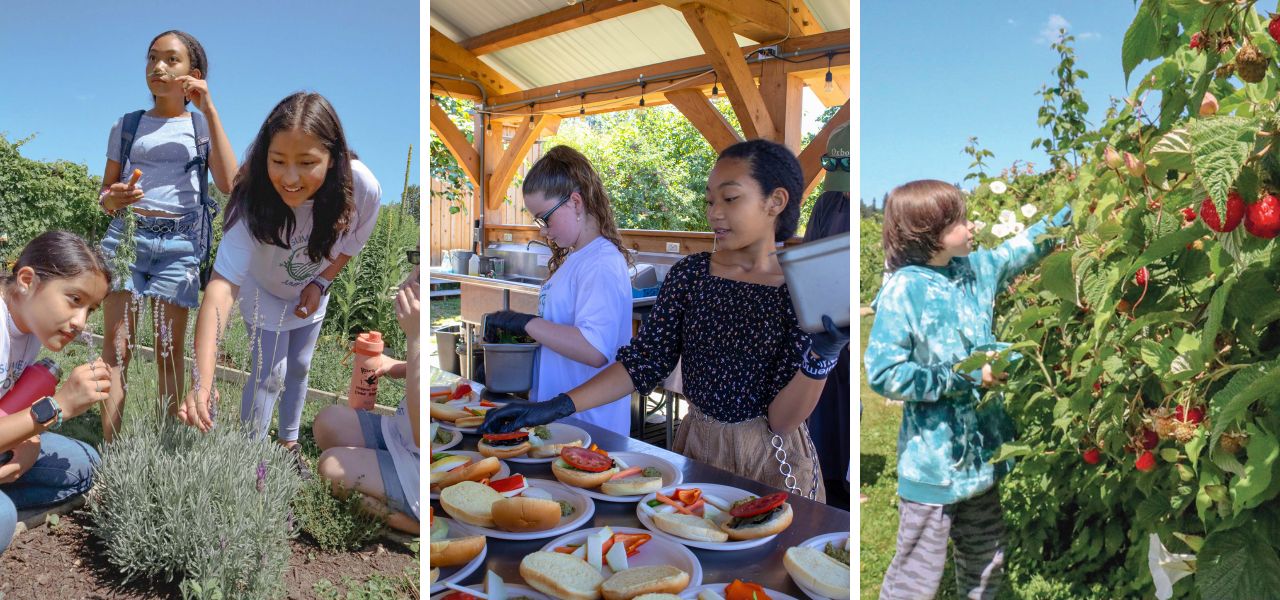
Celebrating the student’s success
This month-long learning journey culminated fittingly with two memorable meals. The first was a potluck at TAF@Saghalie with staff members. The students shared the meals they had made, showcasing dishes like vegetarian tacos, spam musubi, vegetarian yakisoba, and gluten free spaghetti. Their presentations went beyond the recipes, delving into the significance of food security, costs, and nutrition. This was more than a meal; it was a demonstration of newfound knowledge put into practice.
The second meal took place at Oxbow, serving as a celebration for the students’ final day on the farm and encapsulated the essence of their learning journey. Collaborating with Chef Seth Fernald, the students gathered vegetables harvested from Oxbow and collectively prepared the meal, which included summer squash sandwiches with tomatillo or cilantro sauce. They also had the opportunity to present their projects to the Oxbow team. As I listened to the students’ presentations, the experiences shared, the connections forged, and the learnings shared during the month became apparent.
After the conclusion of the JumpStart program, our teams (Oxbow and TAF@Saghalie) reflected on the summer, our shared goals, and the things that the students took from the experience. We collectively noted that the program was marked by curiosity nurtured through student-led learning and that it also highlighted the potential to embrace the world as a learning environment to be explored, with the students as the successful architects of learning and change.
At the outset of our partnership, Catherine shared with me her aspirations for the collaboration. She expressed hope that the students would have a positive experience and in conjunction with TAF@Saghalie’s goals, they would walk away with a tangible understanding of the connection between food and land. It seems that our collective hopes were realized because the students didn’t just learn about food systems and the connection to nature, they experienced it.
Looking to the Future
Essence also shared her aspiration for the future, which echoed throughout, stating,
“My vision for the future of education and equity is that every student, regardless of their background, envisions success for themselves in life. The hope is that our students apply what they learn to the world around them.”
Given the partnership’s success, our teams will come together again this year. This time to talk about how to make our partnership even more impactful for the next cohort of students, and how to lean further into our commitment to experiential student-centered education.
